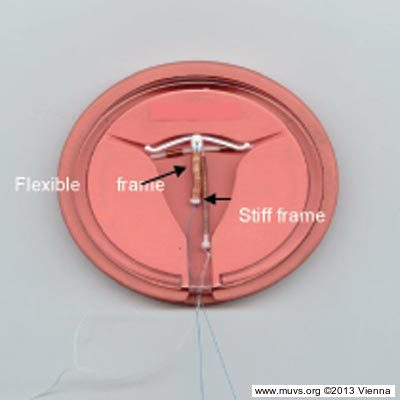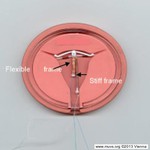Contraceptive Coil
Approximately 150 million women around the world rely on the coil’s effectiveness in providing contraception. Nearly a century has passed since it was invented, and in that time many different types have been tried: from the one that gives it its name to the modern T-shape, both with and without added hormones. The reason for this search for an optimum shape is to avoid the uterus treating the coil like a foreign body and rejecting it, which can happen without the user noticing, and also reducing the frequency of stomach cramps, bleeding and unplanned pregnancy.
Research continues: the main goal at present is making insertion simpler and less painful by altering the shape, flexibility and material properties. Furthermore, menstrual flow and the pain that frequently accompanies it would be reduced or eliminated completely through the addition of progesterone.
In some innovations, coils would release medications for localized effects. In other words, they could serve more purposes than they have in the past.
One of the most noteworthy pioneers in the field of modern coil development is the Dutch gynaecologist Willem A. A. van Os, whom we have to thank for a number of important exhibits.

